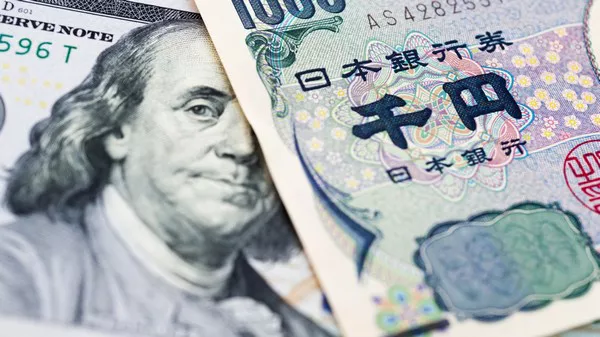Entering the European session on Tuesday, USD/JPY fell slightly to around 146.00, finishing the gains at the beginning of the week. The currency pair confirmed market concerns about the Bank of Japan’s monetary policy and pessimistic market sentiment.
Improving Japanese growth and inflation data pushed Japanese 10-year and 30-year government bond yields to their highest levels since 2014, near 0.66% and 1.66%, respectively. In response, top bond yields added to bets that the Bank of Japan will unwind its ultra-loose monetary policy, especially as the central bank recently fine-tuned its yield curve control policy (YCC).
On the other hand, the U.S. 10-year Treasury yield fell back to 4.34% after refreshing its highest level since November 2007 to 4.36% in early trading.
It is worth pointing out that the US data is generally optimistic, coupled with concerns about the US banking industry, especially after the rating agencies Moody’s and Standard & Poor’s recently downgraded their banking ratings, strengthen market caution and bond yields.
In addition, China’s efforts to defend the post-epidemic economic recovery through a series of stimulus measures have failed to inspire market optimism and put downward pressure on risk assets, thereby boosting the yen’s traditional safe-haven currency status.
Elsewhere, the New York Fed’s SCE labor market survey, released late on Monday, showed wage expectations hit a record high, which may have contributed to the latest risk aversion as well as higher bond yields. “The minimum wage respondents are willing to accept for a new job jumped to a record high of $78,645 in July from $72,873 a year earlier,” according to the survey results.
Amid these factors, Japan’s Nikkei 225 gained 0.80%, but S&P 500 futures were slightly lower, reversing an earlier recovery from nine-week lows.
U.S. housing data, Japanese inflation and policymakers’ speeches will be key for USD/JPY traders. Overall, Fed Chair Jerome Powell’s speech at Jackson Hole appears to be the key to clear guidance.


